In the ever-evolving world of handheld gaming devices, the budget segment has recently witnessed an exciting entrant: the R36S Pocketgame console. Priced aggressively at around $50 in the US market, this device promises to shake up the scene for retro gaming enthusiasts looking for affordable yet capable hardware. As someone who has closely followed and reviewed its predecessor, the R35S, I was eager to dive into the R36S to see what improvements, if any, have been made.
This article will walk you through my comprehensive review of the R36S, covering everything from unboxing, hardware specifications, design changes, software experience, emulation performance, and even some handy DIY modifications to optimize your experience. Whether you're a newcomer to the world of Pocketgame consoles or a seasoned user contemplating an upgrade, this review will provide valuable insights to help you decide if the R36S is the right choice for you.
Table of Contents
- Unboxing and First Impressions
- Pricing and Hardware Specifications
- The Curious Case of Design and Intellectual Property
- Design Overview and Hardware Features of the R36S
- Build Quality and Screen Enhancements
- Software and User Interface: Aros OS Experience
- Updating the R36S
- Emulation Performance Across Systems
- Comparing the R36S with Other Pocketgame Consoles
- DIY Modifications to Improve Controls
- Final Thoughts on the R36S Pocketgame Console
Unboxing and First Impressions
The unboxing experience of the R36S is quite familiar if you've seen other budget handheld devices, especially its predecessor, the R35S. The packaging is straightforward but contains a few items that immediately instill confidence in the product's value. Inside the box, you'll find the R36S device itself, a manual labeling it as the R35S Plus, a USB Type-C cable for charging and data transfer, and a screen protector.
One notable difference with this release is the variety of color options available for the R36S, including transparent black, transparent purple, white, and orange. This adds a nice touch of personalization that was missing from the previous model.
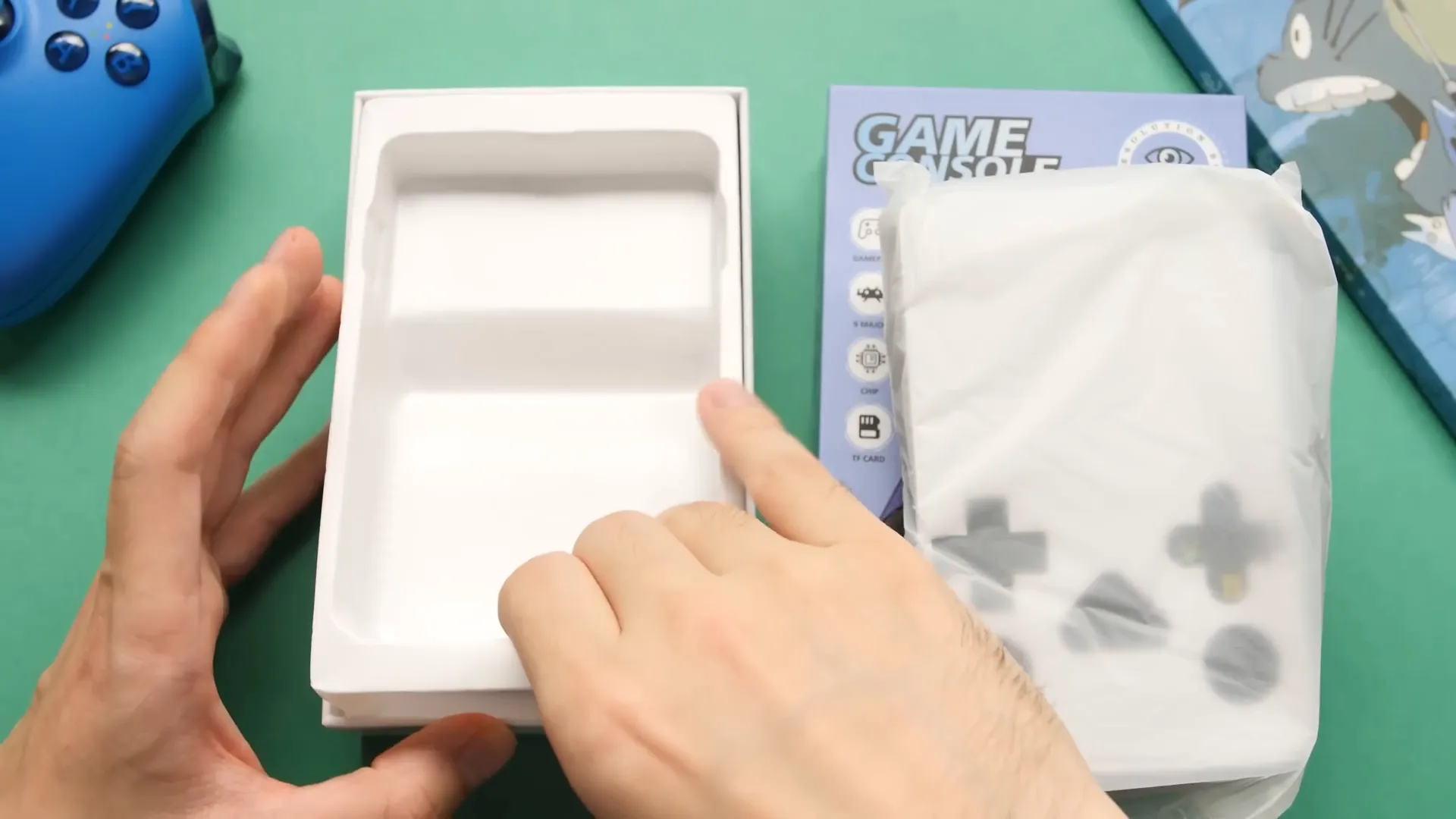
Pricing and Hardware Specifications
The R36S is currently available for around $50 in the United States, making it one of the most affordable Pocketgame consoles on the market. However, it's important to note that if you live in a country with VAT or similar taxes, the final price will be higher due to added taxes on both the unit and shipping fees.
Despite its low price, the R36S offers respectable hardware for retro gaming:
- CPU and GPU: Same as the R35S, ensuring similar processing and graphical capabilities.
- RAM: Upgraded to 1 GB DDR3L RAM, a slight improvement over the previous model.
- Storage: Comes with a TF (microSD) card preloaded with thousands of games.
- Display: Features a 2.5D glass screen, adding a subtle but visually appealing upgrade over the flat glass of its predecessor.
While the core specs remain mostly unchanged from the R35S, the RAM bump and screen upgrade are welcome enhancements that contribute to a better overall experience.

The Curious Case of Design and Intellectual Property
One of the most intriguing aspects surrounding the R36S is its existence and design lineage. This device is part of a complex saga involving design patents, IP violations, and the intricate relationships between manufacturers and PCB designers.
To give some background, the R35S, which came out about a month before the R36S, suffered from multiple takedowns on sales platforms like AliExpress due to IP infringement complaints. Essentially, one company listed the device, and then a competitor filed design violation claims, leading to a back-and-forth "whack-a-mole" game of listings being removed and reappearing.
The root cause seems to be tied to the PCB manufacturer, who created a modified PCB originally for one device but then sold it to other companies. Because the PCB largely dictates the device's design, the new handhelds ended up looking very similar to the original device that held the design patent. This has created a murky legal and design environment where companies are copying each other's products unintentionally due to shared PCB designs.
Adding to the complexity, the company that originally filed the IP violation claims also had similar actions filed against them in the past for other handhelds that resembled competitors' devices. This cycle of design infringement and retaliation highlights the challenges in this competitive budget handheld market.
After the initial R35S device was effectively blocked due to these issues, the company behind the R36S seemingly responded by redesigning their PCB and mold to mimic a different competitor's device, the Amernick handheld. This switch raises questions about the direction and intentions behind the R36S, but from a consumer perspective, it means we now have a new device to evaluate with some distinct differences from the R35S.
Design Overview and Hardware Features of the R36S
Let's dive into the physical design and features of the R36S. While it may look familiar to those who have seen the R35S, there are several notable changes and continuities worth discussing.
Button Layout and Controls
The R36S retains the classic handheld layout with a D-pad and ABXY buttons positioned on the top half of the device. Interestingly, the buttons themselves, along with the conductive rubber underneath, appear to be the same components used in the R35S. This means that some of the control feel issues persist, which I will address later.
In the center of the device, you'll find a mono speaker and three buttons: a function button that does nothing (just like in the previous model), select, and start. An LED indicator sits between the select and start buttons.
Two analog sticks are located at the bottom, aligned centrally with the top controls. These sticks support L3 and R3 functionality, which is a nice touch for more advanced gaming.
Side and Bottom Ports
The left side houses a power button, reset button, and a second SD card slot dedicated to storing ROMs. On the right side, you'll find volume controls and the SD card slot that holds the operating system.
Interestingly, the top edge of the device is clean, with no buttons or ports, while the bottom edge features two USB Type-C ports and a headphone jack centered between them.
One curious design choice is the labeling of "speaker GRS" on the device, which might suggest stereo speakers. However, the R36S only has a single mono speaker, and it's unclear why the label remains on this new mold.
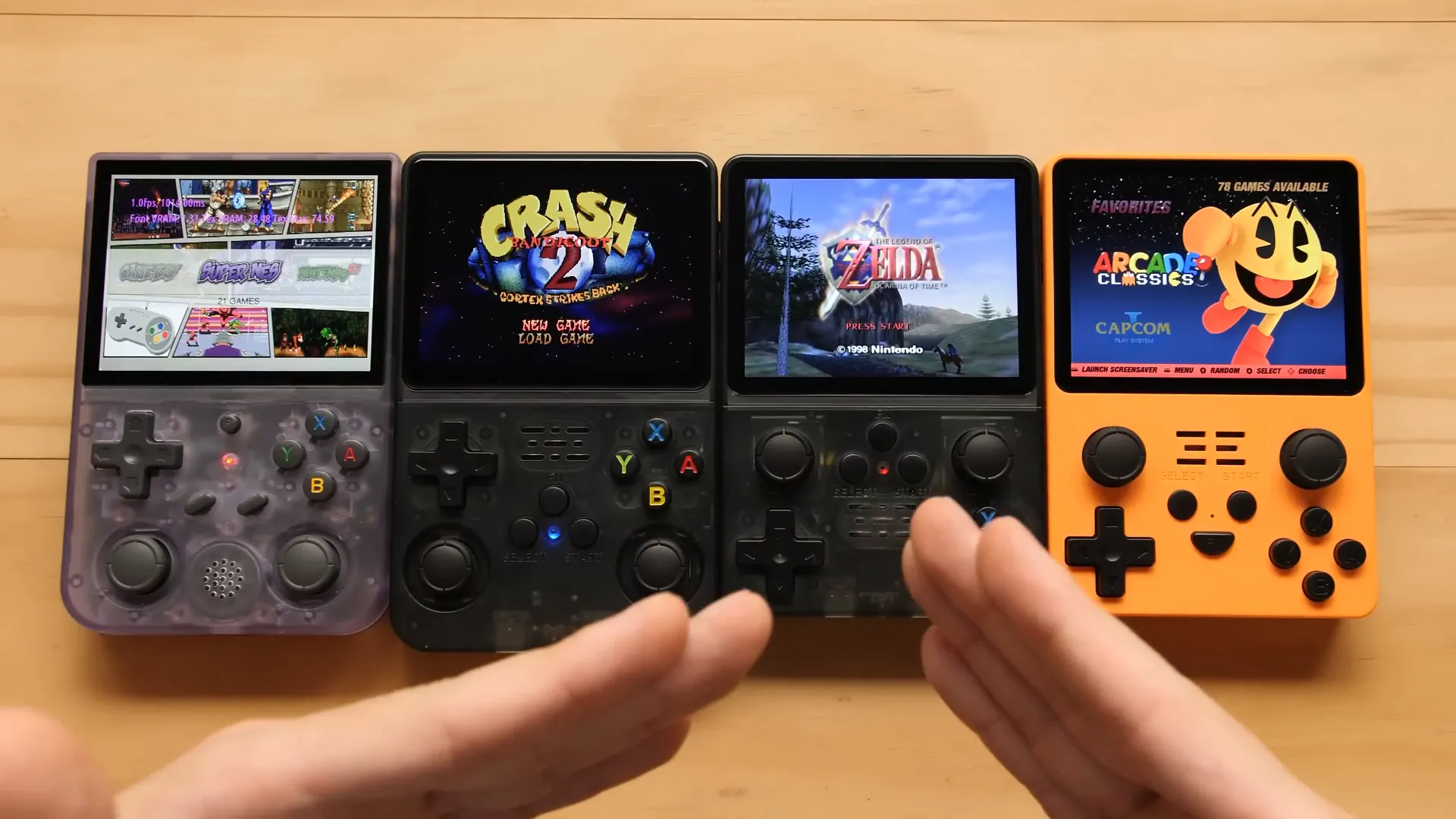
Battery and Back Panel Improvements
One of the biggest improvements in the R36S is the back panel design. Unlike the fixed battery in the R35S, the R36S offers a removable battery accessible via a small lid on the back. This is a significant upgrade, as it allows users to easily replace the battery without complicated disassembly or soldering.
Replacement batteries can be purchased with compatible connectors or wired manually, meaning you can avoid the dreaded paperweight scenario when your battery degrades over time.
For example, I tested a smaller battery from a Miu Mini handheld, which shares the same connector type. Plugging it in and powering on the R36S worked perfectly, demonstrating the flexibility of this design.
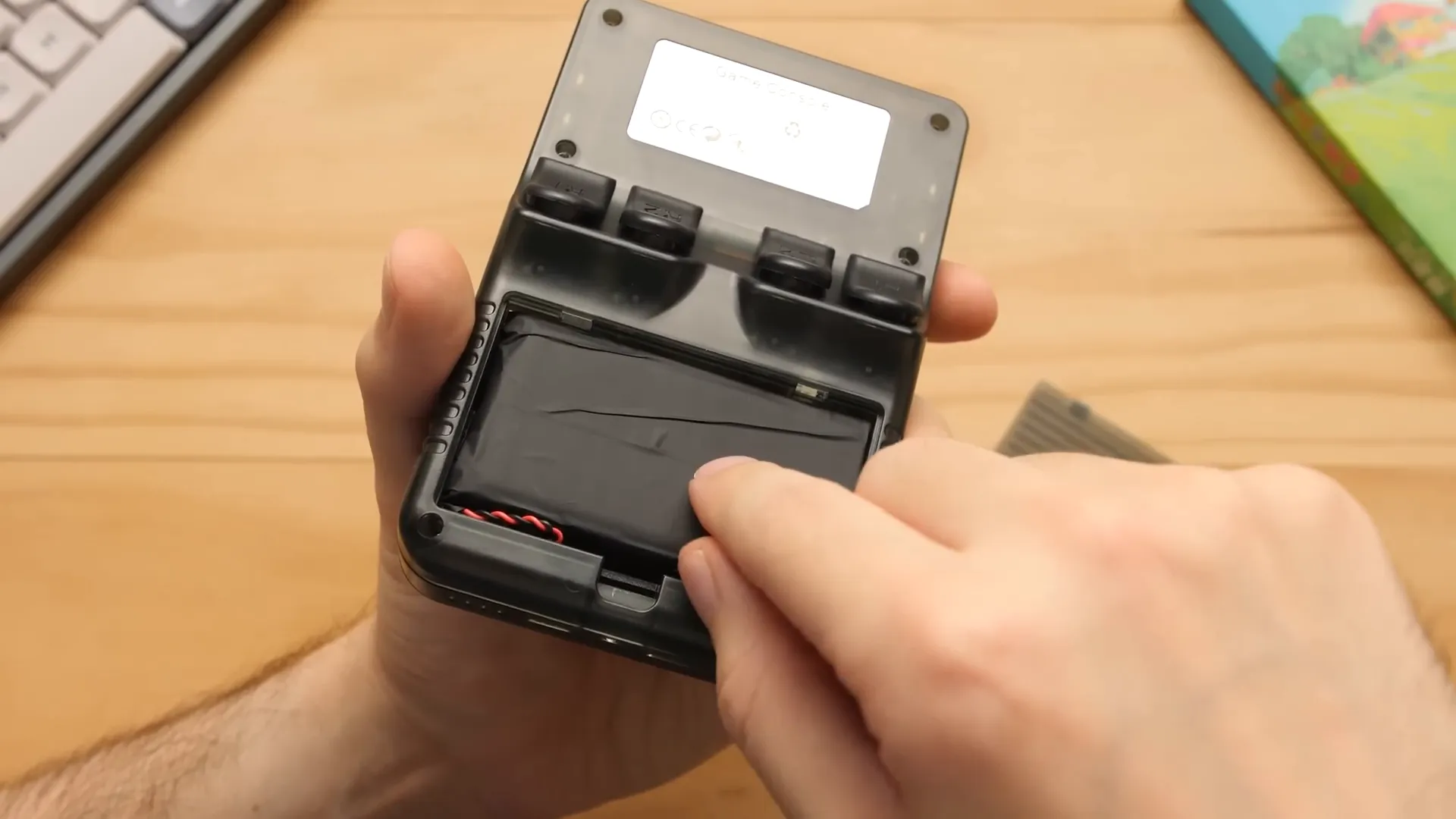
Build Quality and Screen Enhancements
The R36S features a transparent shell option, allowing you to see the build date on the PCB. Notably, the build date predates any coverage of the R35S, indicating that none of the community feedback or improvements from the R35S made it into this model. This is slightly disappointing, as it suggests that any shortcomings from the previous model are likely to persist.
One visual upgrade is the adoption of 2.5D glass over the screen. Unlike the flat glass on the R35S, the R36S's slightly curved glass edges provide a nicer aesthetic, though this doesn't impact performance or touch sensitivity.
Unfortunately, the R36S continues to use the same conductive rubber for the face buttons as the R35S, which means you'll need to press harder to register inputs. Additionally, the micro switches for the shoulder buttons are unchanged and remain louder than desired.
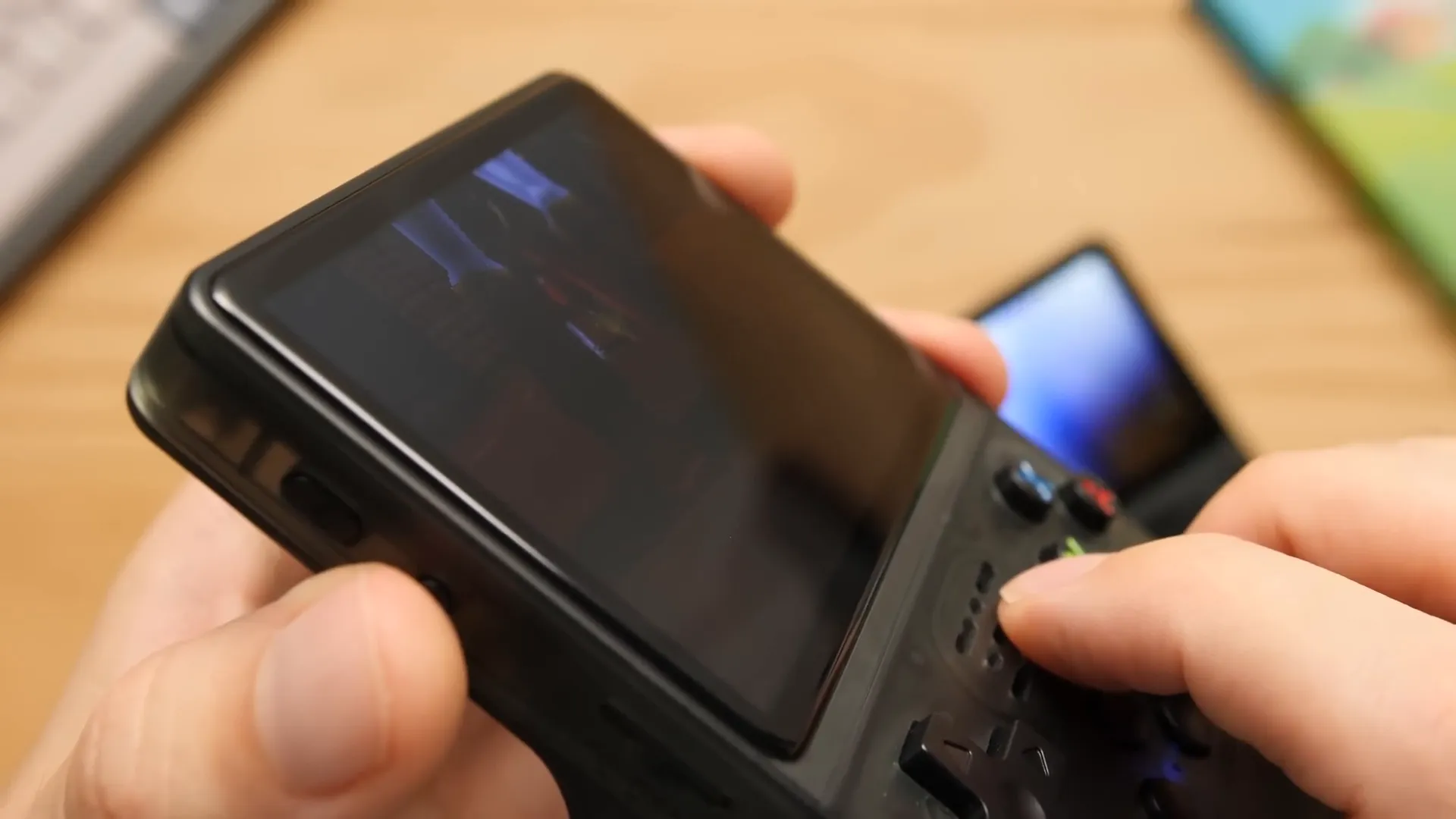
Software and User Interface: Aros OS Experience
The R36S runs on Aros, an open-source operating system designed for handheld gaming devices. Unlike the R35S, the R36S is now officially supported by Aros, which means users can expect regular updates and better compatibility moving forward.
The device comes with a 64 GB microSD card preloaded with approximately 15,000 games spanning multiple classic systems. While some games are duplicates, this extensive library covers a wide range of retro titles, making it a treasure trove for enthusiasts.
Some systems, like Game Boy, have box art included, while others lack any scraping. This inconsistency is partly because the R36S's PCB does not include Wi-Fi, so users cannot download additional metadata or games directly on the device. Instead, you must download games on a PC or use a USB Wi-Fi dongle.
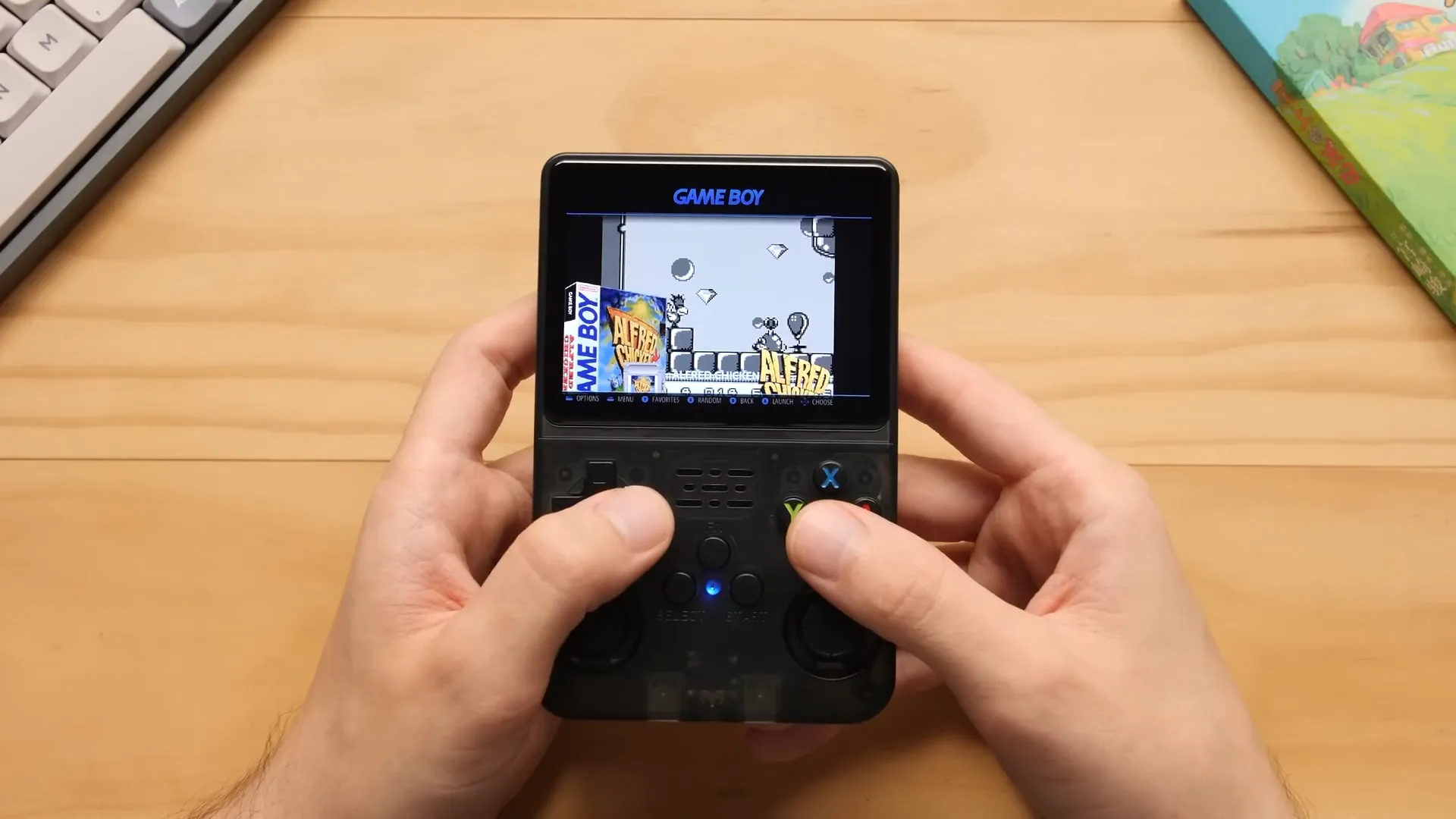
Navigation and Customization
Finding and playing games on the R36S is intuitive:
- Navigate to the desired system using the device's menu.
- Press the A button to browse the game collection for that system.
- Select a game with A to boot it up.
Exiting a game is just as simple—press the start and select buttons twice to return to the main menu.
Customization options include multiple UI themes accessible via the UI settings menu. You can choose from a variety of visual styles to personalize your device's look and feel.
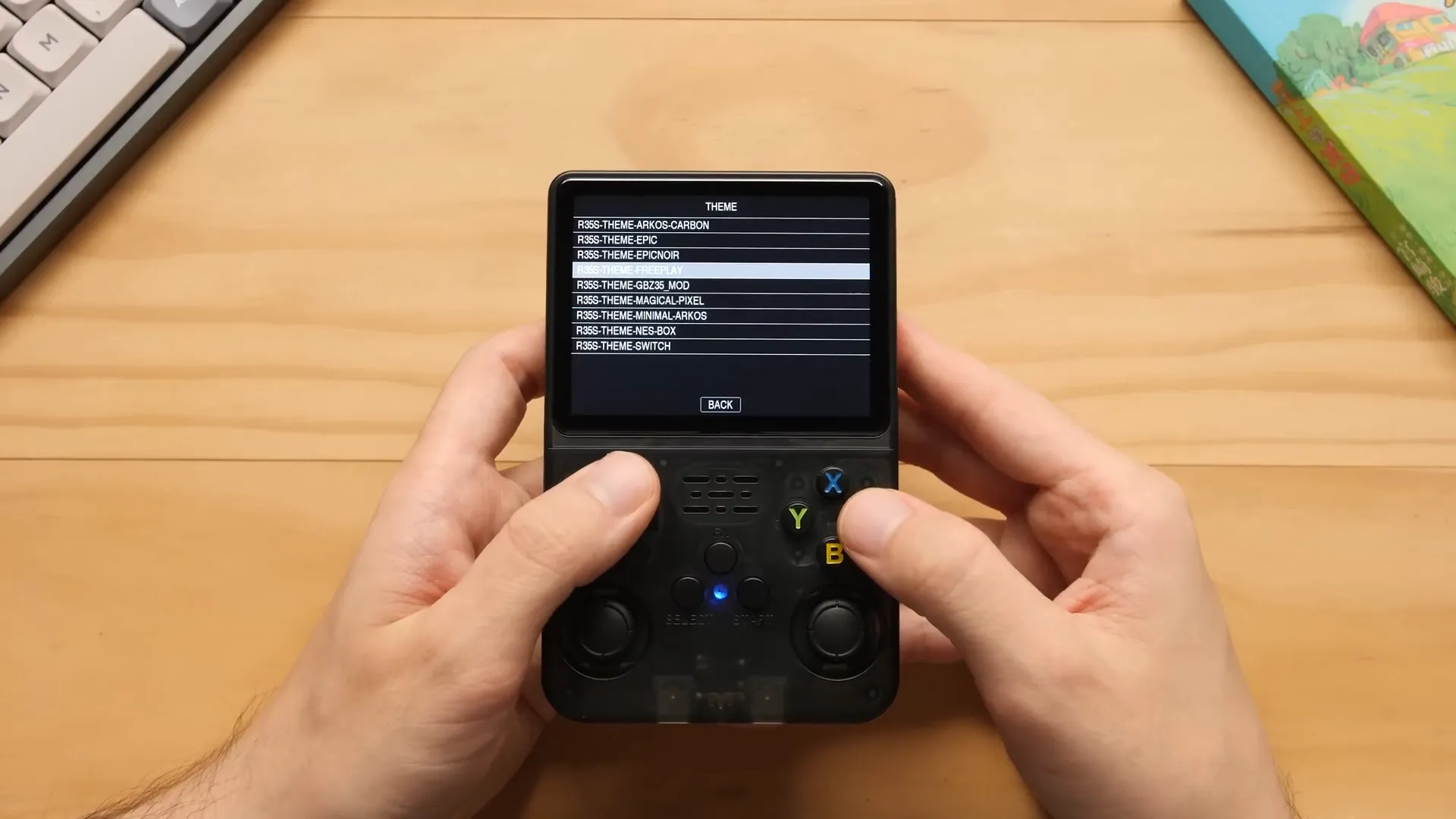
Updating the R36S
The R36S ships with an older build of Aros (from last year), but updating it is straightforward. There are two methods:
- Wireless Update: If you have a USB Type-C Wi-Fi adapter, you can enable Wi-Fi from the options menu, connect to your network, and update directly on the device.
- PC Update: Remove the microSD card, insert it into a computer, and flash the latest compatible Aros image from the official GitHub page.
After flashing the new image, you must delete six specific files from the boot partition and copy over certain files from the original stock SD card to ensure full functionality.
Once updated, you'll see the new build date on the boot screen, confirming success.
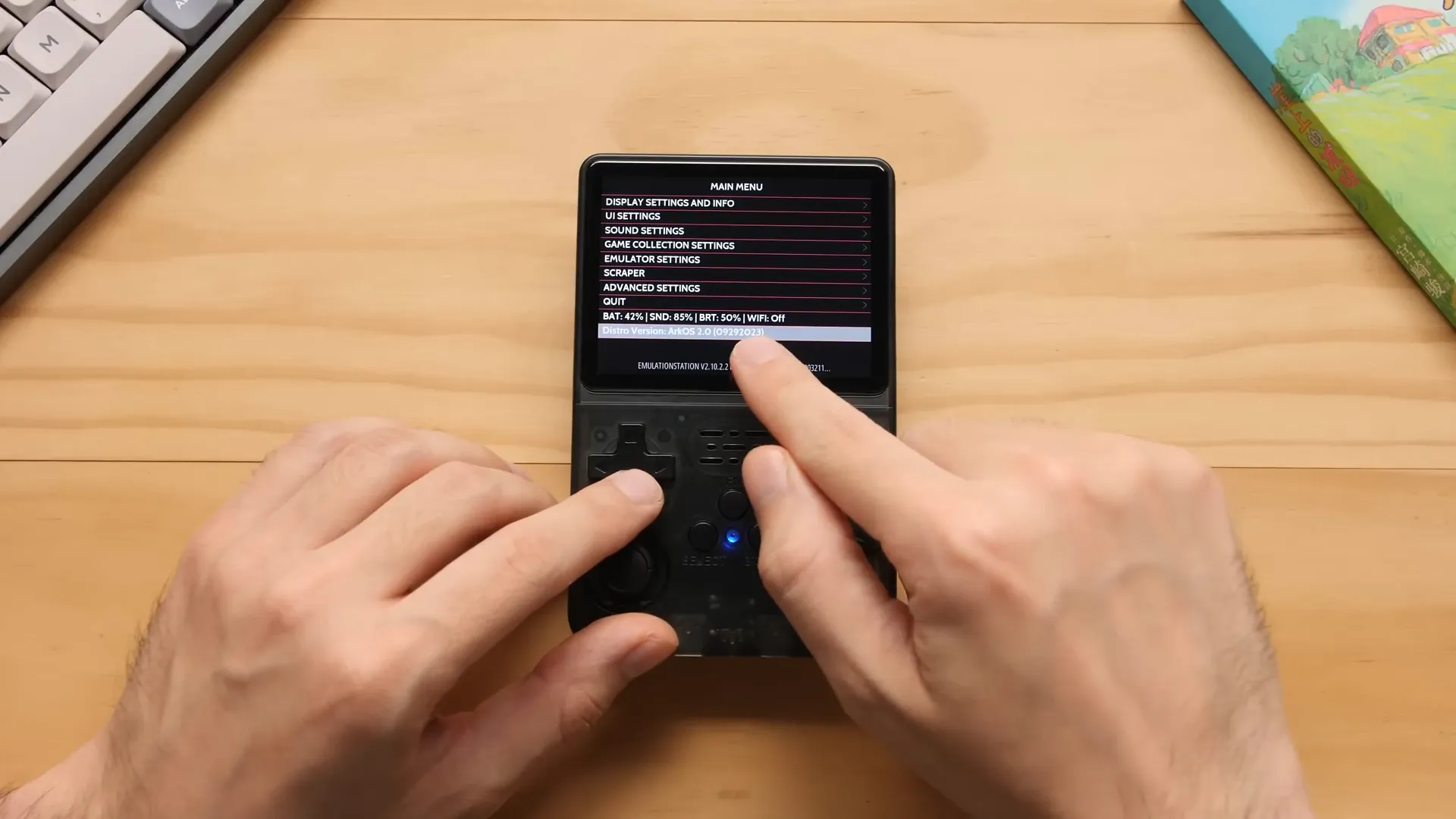
Fixing ROM Loading Issues
After updating, some users may notice no ROMs appearing in the game list. This is easily fixed by:
- Going to the options section.
- Selecting Advanced settings.
- Scrolling to the bottom and enabling "Switch to SD2 for ROMs."
This setting directs the system to load games from the correct microSD slot, restoring access to your game library.
Emulation Performance Across Systems
Although I initially planned to skip a performance review for the R36S due to extensive coverage of the R35S, I decided to capture fresh footage to provide updated insights.
Handheld Systems
The R36S runs popular handheld consoles up to PSP:
- Game Boy
- Game Boy Color
- Game Boy Advance
- Nintendo DS
- Game Gear
- PSP
Note: The analog stick mapping for PSP is incorrect out of the box. If you encounter this, simply reset the analog stick mappings in controls and reassign them manually.
Arcade and Lower-End Home Consoles
I tested a variety of arcade and home consoles, including:
- CPS 1 through 3
- Neo Geo
- Nintendo Entertainment System (NES)
- Sega Genesis
- Super Nintendo Entertainment System (SNES)
These run smoothly, providing a solid retro gaming experience.
PlayStation 1 (PS1)
PS1 games benefit from enabling the enhanced resolution option, which improves visual clarity without sacrificing performance.
Dreamcast
For optimal Dreamcast performance, switch the emulator to "retrorun" or "retrorun 32" mode. This adjustment significantly boosts game compatibility and smoothness compared to the default Flycast emulator.
Nintendo 64 (N64)
N64 games require manual emulator selection to achieve the best performance. Choose "Standalone Rice" from the emulator list for improved gameplay.
The 64 GB SD card includes a vast collection of N64 titles, making this the largest section of the device's game library.
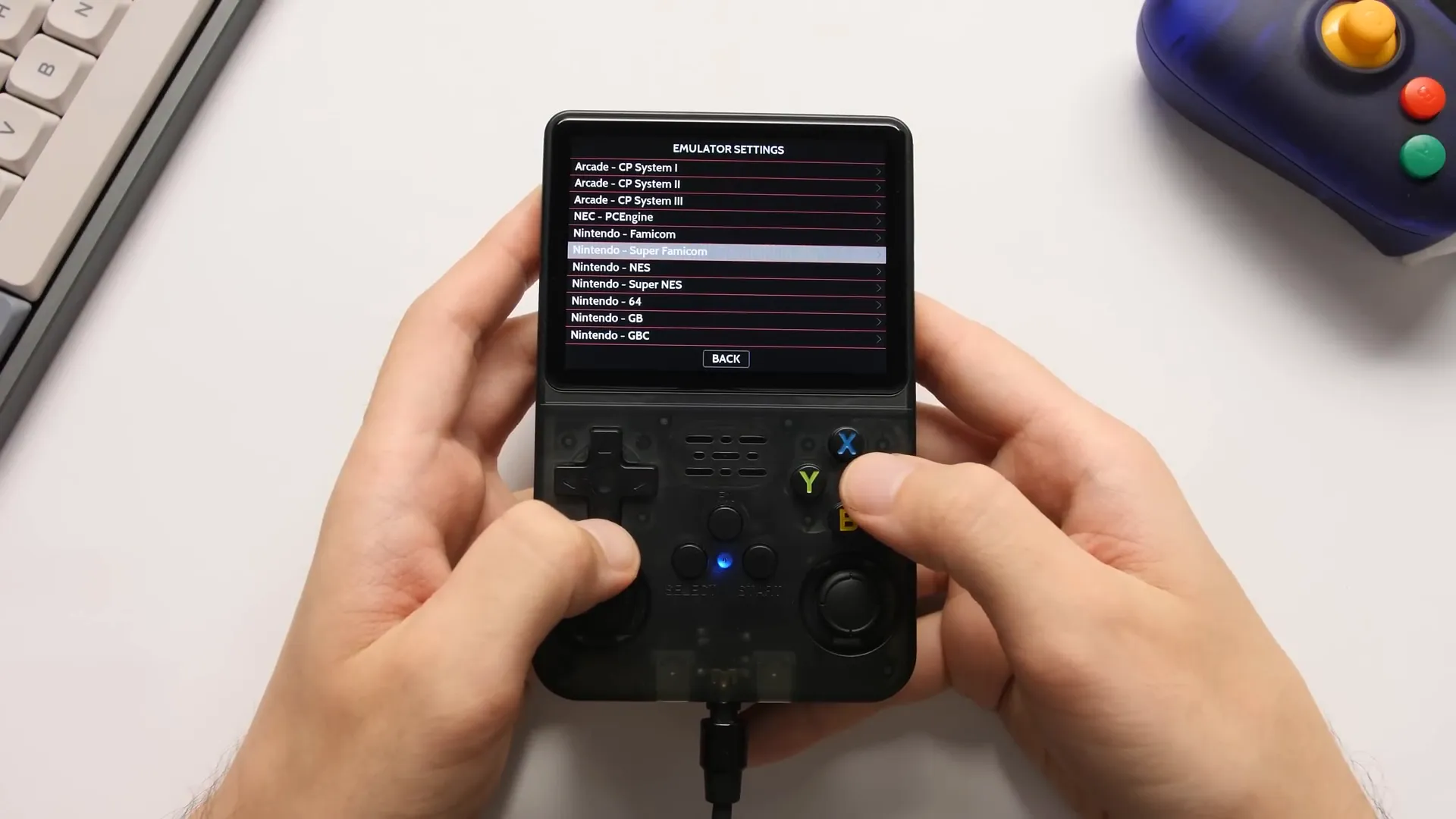
Comparing the R36S with Other Pocketgame Consoles
To better understand the R36S's place in the market, I compared it to the RGB 20S, another popular budget handheld.
The RGB 20S features much softer shoulder buttons, while the R36S's shoulder buttons are louder and require more force—a downside for long gaming sessions.
That said, the R36S's upgraded ergonomics and screen quality make it a compelling choice in the $50 price range.
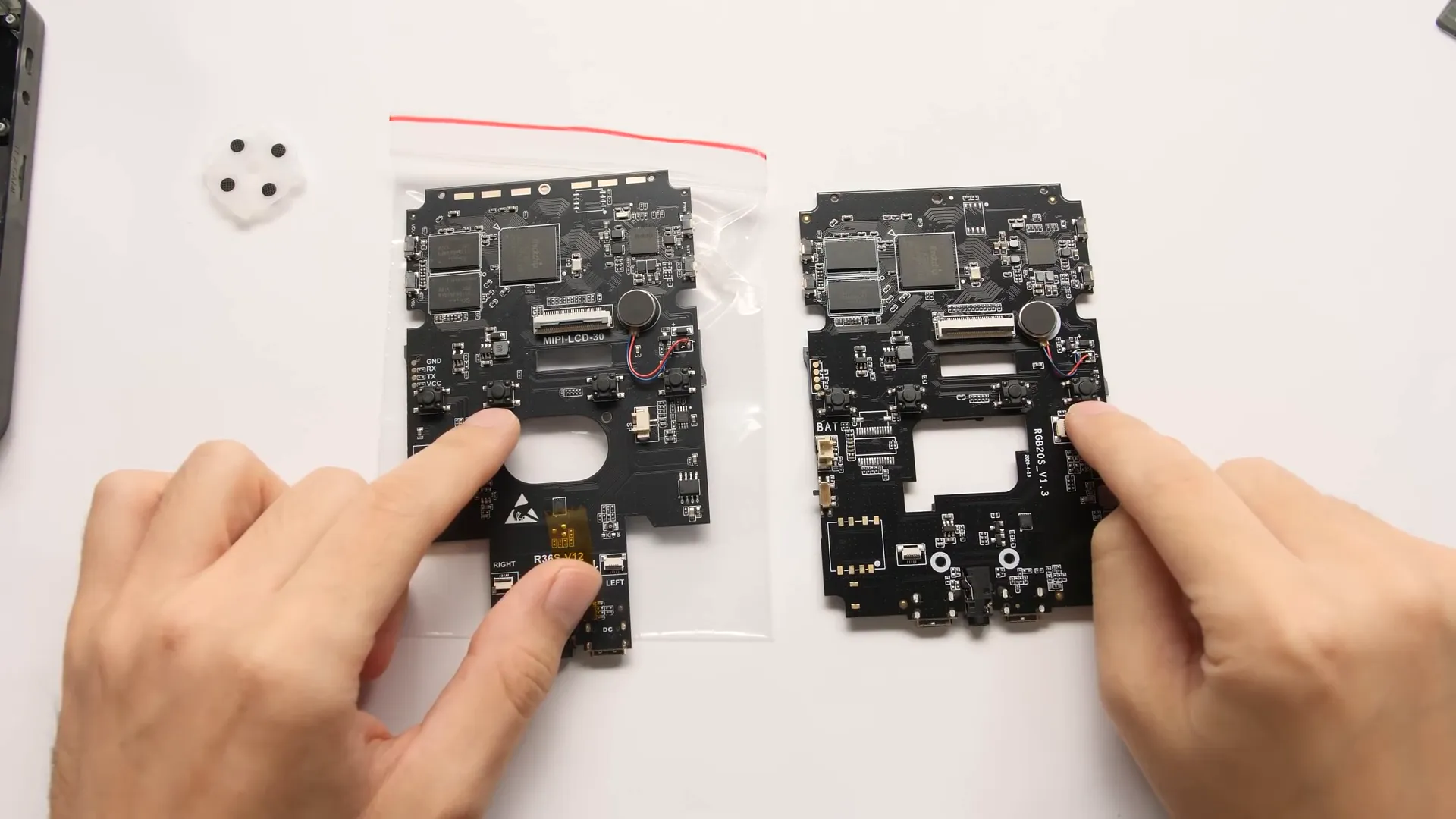
DIY Modifications to Improve Controls
One of the main drawbacks of the R36S is the stiffness and loudness of its buttons. Fortunately, some simple DIY modifications can dramatically improve the feel and usability of the controls.
Separating Button Connections
The ABXY buttons come connected in pairs, which can cause multiple buttons to register or feel harder to press. By carefully cutting the connection between two buttons, you prevent simultaneous presses and improve tactile feedback.
Conductive Rubber Pads
The R36S's conductive rubber pads are stiffer and thicker than those found on other devices like the RGB 20S. While trimming the top of the dome can help, a better fix is to replace or augment the pads.
Interestingly, the conductive rubber pad from a Game Boy Color fits well with the R36S's contact points, though it is thinner. Adding some electrical tape to increase its height improves button responsiveness.
D-Pad Adjustment
Instead of complex modifications, loosening a specific screw beneath the D-pad can reduce stiffness and improve its feel significantly. This simple adjustment makes the D-pad feel much better than the one on the R35S and is highly recommended.

Final Thoughts on the R36S Pocketgame Console
After extensively testing and reviewing the R36S, I believe it represents a meaningful step forward compared to the R35S. With better ergonomics, a removable battery, a nicer screen, and official Aros support, it offers tremendous value for the $50 price point.
While it is not without flaws—primarily the stiff and loud buttons—these can be mitigated with simple DIY fixes, making the R36S a strong contender in the budget handheld market.
If you already own an R35S, upgrading to the R36S might not be necessary. However, for those new to Pocketgame consoles, the R36S is the one I recommend as a starting device. It outperforms most devices in its price range and provides a solid foundation for retro gaming on the go.
To answer the question posed at the start: Is the R36S better than the RG 353V or other premium handhelds? Not quite, but it comes surprisingly close given its price. For gamers on a budget who want the best bang for their buck, the R36S is worth serious consideration.
For those interested in exploring other options within this form factor, I also recommend checking out the Xu10, which features better controls but comes at a higher price point.
Happy gaming!
Taki Udon


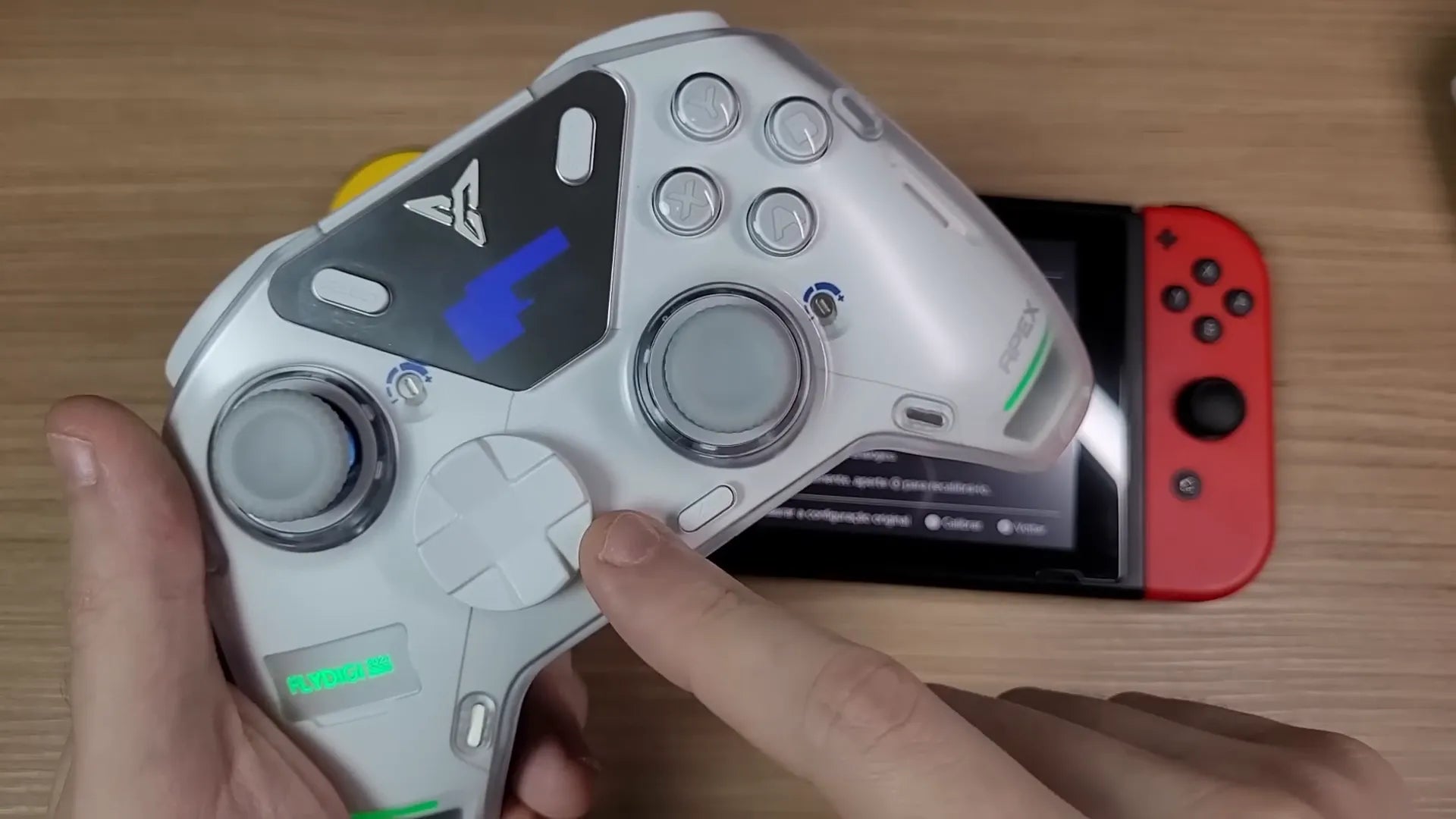
Leave a comment
This site is protected by hCaptcha and the hCaptcha Privacy Policy and Terms of Service apply.